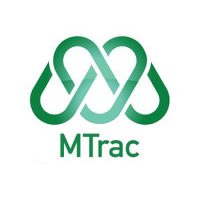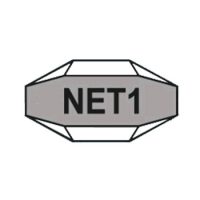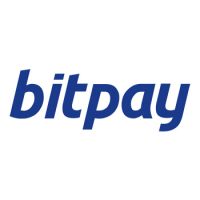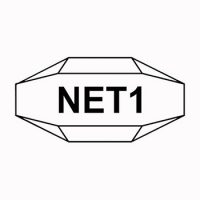Blockchain
A Beginner’s Guide to Merkel Trees in Blockchain

Merkle trees ensure data integrity, efficiency, and scalability within blockchain networks, making them an essential part of this fast-growing technology.
Merkle trees, staples of the computer science ecosystem, have found usage in the cryptocurrency space. Interest in them has recently increased within the crypto sector as a result of the FTX debacle.
This article is an in-depth exploration of Merkle trees in blockchain, explaining what they are, how they work, and their applications in the industry.
What Are Merkle Trees?
A Merkle tree, also a hash tree or a binary hash tree, is a data format with applications in computer science and cryptography.
At its core is the hierarchical layout of data blocks defined by a cryptographic hash. This layered arrangement of data blocks gives it a tree-like appearance.
The concept of Merkle trees is the brainchild of Ralph Merkle, who patented it in 1979, thus its name. They are crucial in safeguarding data purity and security in sectors dealing with large datasets like blockchain.
The Structure of Merkle Trees in Blockchain
To better understand the structure of Merkle trees in blockchain, imagine an upturned tree with three primary levels. At the top is the Merkle root, the non-leaf nodes occupy the middle part, and the leaf nodes are at the bottom.
The leaf nodes are the building blocks of the Merkle tree. They are the hashes of every transaction occurring in a given block. You may know them better as transaction IDs (TXIDs) that are viewable via a block explorer.
Non-leaf nodes, forming the second level of a Merkle tree, are bundles of paired leaf node hashes. They derive their name from the fact that they don’t contain TXIDs. Instead, they only store the transaction hashes of the two leaf nodes making them.
Finally, at the tree’s topmost non-leaf node is the Merkle root. It is a single hash representing all the block’s transactions hashes. The Merkle root is the block’s exclusive identifier and is crucial in verifying its authenticity.
How Do Merkle Trees in Blockchain Work?
Here is how Merkle trees in blockchain work:
Step 1: Transaction Hashing
A cryptographic hash function, say SHA-256, hashes all the transactions in the block. This process produces a unique identity (hash) for each, making that data incorruptible.
Step 2: Pairing the Hashes
The same function pairs and hashes two transaction hashes to create a new one. This pairing and hashing repeats at each level, with each child node forming a new parent node.
Step 3: Formation of the Merkle Root
The last two parent (non-leaf) nodes pair up to form a single hash, the Merkle root. This is the entire block’s cryptographic fingerprint and headlines it.
Step 4: Verifying a Block’s Integrity
You can verify the integrity of a given transaction by obtaining its corresponding hash from the Merkle root. Starting there and following the parent nodes, you can recreate the Merkle root. If the two match, then the transactions in the block are authentic.
Let’s consider a simple example with four transactions, A, B, C, and D, occurring in a given block:
Hashing Transactions: Each transaction is hashed:
hashA = hash(A)
hashB = hash(B)
hashC = hash(C)
hashD = hash(D)
Pairing and Hashing: The hashes are paired and hashed together:
hashAB = hash(hashA + hashB)
hashCD = hash(hashC + hashD)
Creating the Merkle Root: The resulting hashes are hashed together to create the Merkle root:
MerkleRoot = hash(hashAB + hashCD)
Merkle Trees as Proof-of-Reserve
Proof-of-Reserve (PoR) is a bookkeeping practice centralized exchanges (CEXs) and other crypto custodians use to prove their financial health. It’s an open report of the company’s crypto holdings. Calls for PoR audits have grown with the increase in crypto-related fraud cases.
Given that CEXs hold large sums of crypto, Merkle trees are a convenient way of proving their reserves. Here is how they help them achieve that:
Gathering user balances: The CEX or custodian compiles a list of all users and their balances.
Hashing user balances: It then uses a cryptographic function to hash each user’s holdings.
Constructing the Merkle tree: The CEX arranges the hashed user balances in a hierarchical structure. It then hashes these in pairs, forming a Merkle root.
Publishing the Merkle root: The next step is sharing the Merkle root publicly. This activity enables users to verify their balances without revealing the entire list of their credits.
Verification: Users can verify their balances by obtaining their Merkle proofs, which are paths from their balance hashes to the Merkle root.
Why Are Merkle Trees Important for Blockchains?
Merkle trees ensure data integrity, efficiency, and scalability within blockchain networks. By hashing individual transactions and combining them into a Merkle root, they create a tamper-proof identifier for each block. So, any correction to a transaction alters the Merkle root, alerting the network of potential tampering.
Moreover, they help in achieving verification efficiency. Users can quickly check a transaction’s probity by comparing its hashes with those in the Merkle tree. Furthermore, they don’t need to download and compare entire blocks.
They also contribute to a blockchain’s scalability by reducing data transmission and verification requirements. This way, they help improve the network’s performance. Besides, they minimize storage needs by storing only the Merkle root and relevant transaction hashes. Thus, they benefit nodes with limited storage capacity.
Source: unchainedcrypto.com
The post A Beginner’s Guide to Merkel Trees in Blockchain appeared first on HIPTHER Alerts.
Blockchain
Glidelogic Corp. Announces Revolutionary AI-Generated Content Copyright Protection Solution
Blockchain
Ethereum ETFs Aren’t Blockchain But Is A Revolutionary Tech: Top 6 Amazing Reasons To Invest In Them

The financial landscape is rapidly evolving, with the integration of blockchain technology and cryptocurrencies becoming more prominent. Among these, Ethereum ETFs (Exchange-Traded Funds) have emerged as a significant investment vehicle, offering exposure to the Ethereum blockchain’s native cryptocurrency, Ether (ETH), without requiring direct ownership. However, it’s crucial to understand that Ethereum ETFs are distinct from the blockchain itself and serve different purposes in the investment world.
Understanding Ethereum and ETFs
Ethereum: A decentralized platform that enables the creation and execution of smart contracts and decentralized applications (dApps). It operates using its cryptocurrency, Ether (ETH), which fuels the network.
ETF (Exchange-Traded Fund): A type of investment fund that holds a collection of assets and is traded on stock exchanges. ETFs can include various asset classes, such as stocks, commodities, or bonds.
Ethereum ETFs: The Intersection of Traditional Finance and Cryptocurrency
An Ethereum ETF provides a way for investors to gain exposure to the price movements of Ether without directly purchasing the cryptocurrency. This is achieved through an ETF structure, where the fund holds assets linked to the value of Ether, and investors can buy shares of the ETF on traditional stock exchanges.
Key Features of Ethereum ETFs:
- Indirect Exposure: Investors gain exposure to Ether’s price changes without needing to manage or store the cryptocurrency themselves.
- Regulatory Compliance: Unlike the relatively unregulated cryptocurrency market, ETFs operate under the oversight of financial regulators, offering a layer of investor protection.
- Accessibility: Ethereum ETFs are available through traditional brokerage platforms, making them accessible to a broader range of investors.
Why Invest in an Ethereum ETF?
- Diversification: Including an Ethereum ETF in a portfolio can provide exposure to the cryptocurrency market, potentially enhancing diversification beyond traditional assets.
- Convenience and Familiarity: ETFs are a familiar investment product, simplifying the process of investing in cryptocurrencies.
- Professional Management: ETF managers handle the investment decisions, including the buying and selling of assets, which can be advantageous for those less familiar with the cryptocurrency space.
- Regulatory Oversight: ETFs are subject to regulatory scrutiny, potentially offering more safety and transparency compared to direct cryptocurrency investments.
- Potential for Growth: As the cryptocurrency market grows, ETFs linked to assets like Ether may benefit from rising prices.
Key Differences Between Ethereum and Ethereum ETFs
While both are related to the Ethereum blockchain, Ethereum itself and Ethereum ETFs represent different forms of investment:
- Ethereum (ETH):
- Direct ownership of the cryptocurrency.
- Full exposure to Ethereum’s features, including staking and network participation.
- Traded on cryptocurrency exchanges.
- Highly volatile and largely unregulated.
- Ethereum ETF:
- Indirect exposure through shares representing Ether’s value.
- Traded on traditional stock exchanges under regulatory oversight.
- Offers a more stable and familiar investment structure.
- Typically lower volatility compared to direct cryptocurrency ownership.
Future Considerations for Ethereum ETFs
The approval and launch of Ethereum ETFs mark a significant milestone in bringing cryptocurrencies closer to mainstream finance. They offer a convenient and regulated means for investors to gain exposure to the growing digital assets market. However, they also come with limitations, such as not allowing direct participation in the Ethereum ecosystem’s innovations, like dApps and smart contracts.
As the market evolves, we may see more sophisticated financial products that better capture the full potential of the Ethereum ecosystem. For now, Ethereum ETFs provide a balanced option for those interested in cryptocurrency exposure within the framework of traditional finance.
In conclusion, while Ethereum ETFs offer a gateway into the world of digital assets, they should be viewed as complementary to, rather than a replacement for, direct investment in the underlying blockchain technologies. Investors should carefully consider their investment goals, risk tolerance, and the unique attributes of both Ethereum and Ethereum ETFs when making investment decisions.
Source: blockchainmagazine.net
The post Ethereum ETFs Aren’t Blockchain But Is A Revolutionary Tech: Top 6 Amazing Reasons To Invest In Them appeared first on HIPTHER Alerts.
Blockchain
Nexo Reaffirms Commitment to Data Protection with SOC 3 and SOC 2 Compliance
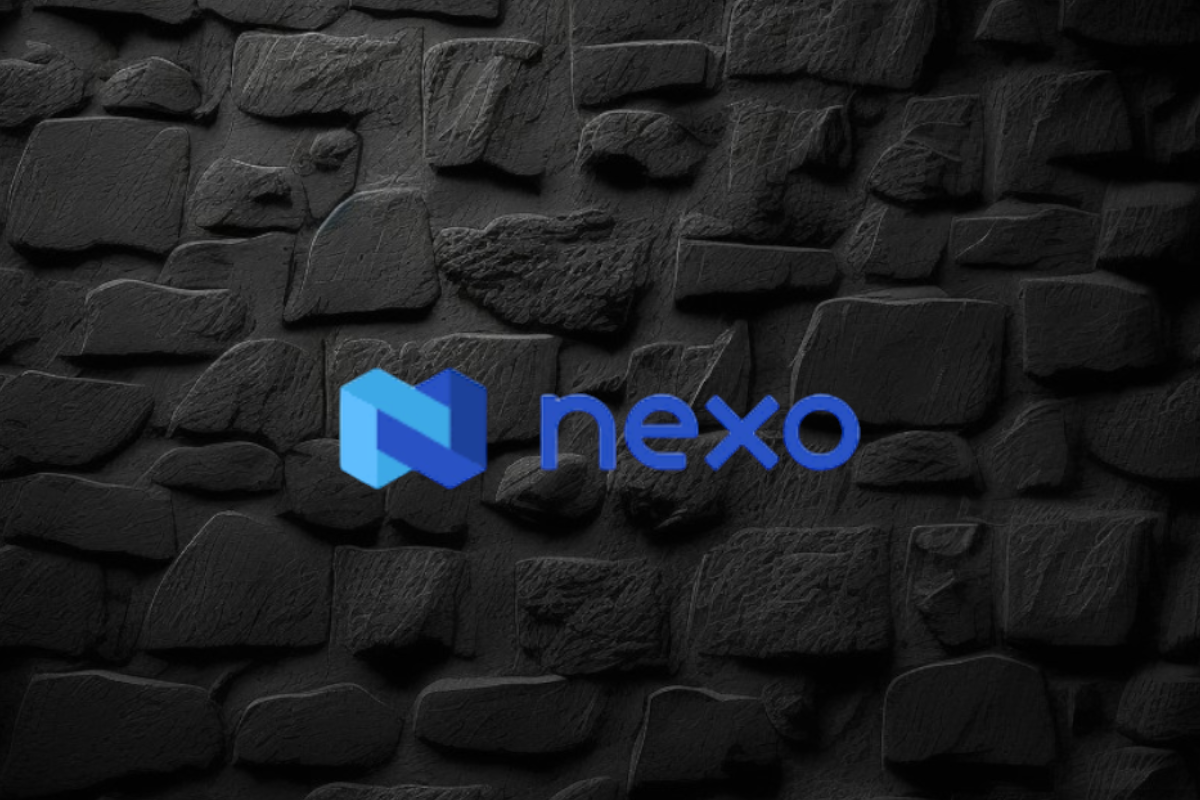
Nexo, a leading institution in the digital assets industry, has reinforced its commitment to data security by renewing its SOC 2 Type 2 audit and attaining a new SOC 3 Type 2 assessment without any exceptions. This rigorous audit process, conducted by A-LIGN, a respected independent auditor specializing in security compliance, confirms Nexo’s adherence to stringent Trust Service Criteria for Security and Confidentiality.
Key Achievements and Certifications
- SOC 2 and SOC 3 Compliance:
- SOC 2 Type 2: This audit evaluates and reports on the effectiveness of an organization’s controls over data security, particularly focusing on the confidentiality, integrity, and availability of systems and data.
- SOC 3 Type 2: This public-facing report provides a summary of SOC 2 findings, offering assurance to customers and stakeholders about the robustness of Nexo’s data security practices.
- Additional Trust Service Criteria:
- Nexo expanded the scope of these audits to include Confidentiality, showcasing a deep commitment to protecting user data.
- Security Certifications:
- The company also adheres to the CCSS Level 3 Cryptocurrency Security Standard, and holds ISO 27001, ISO 27017, and ISO 27018 certifications, awarded by RINA. These certifications are benchmarks for security management and data privacy.
- CSA STAR Level 1 Certification:
- This certification demonstrates Nexo’s adherence to best practices in cloud security, further solidifying its position as a trusted partner in the digital assets sector.
Impact on Customers and Industry Standards
Nexo’s rigorous approach to data protection and compliance sets a high standard in the digital assets industry. By achieving these certifications, Nexo provides its over 7 million users across more than 200 jurisdictions with confidence in the security of their data. These achievements not only emphasize the company’s dedication to maintaining top-tier security standards but also highlight its proactive stance in fostering trust and transparency in digital asset management.
Nexo’s Broader Mission
As a premier institution for digital assets, Nexo offers a comprehensive suite of services, including advanced trading solutions, liquidity aggregation, and tax-efficient credit lines backed by digital assets. Since its inception, the company has processed over $130 billion, showcasing its significant impact and reliability in the global market.
In summary, Nexo’s successful completion of SOC 2 and SOC 3 audits, along with its comprehensive suite of certifications, underscores its commitment to the highest standards of data security and operational integrity. This dedication positions Nexo as a leader in the digital assets space, offering unparalleled security and peace of mind to its users.
Source: blockchainreporter.net
The post Nexo Reaffirms Commitment to Data Protection with SOC 3 and SOC 2 Compliance appeared first on HIPTHER Alerts.
-

 Blockchain4 days ago
Blockchain4 days agoBinance Cleared to Invest Customer Assets in US Treasury Bills: What It Means for Crypto and Dollar Dominance
-

 Blockchain4 days ago
Blockchain4 days agoDeep Custodian Limited Obtains Hong Kong TCSP License, Authorized to Provide Compliant Crypto Asset Custody Services
-

 Blockchain Press Releases2 days ago
Blockchain Press Releases2 days agoBybit Web3 Livestream Explores Cultural Meme Coins and Other Trends
-

 Blockchain3 days ago
Blockchain3 days agoBlockchain Intelligence Group adds additional modules and launches its Certified Cryptocurrency Investigator – Advanced Series
-

 Blockchain Press Releases2 days ago
Blockchain Press Releases2 days agoBybit Surges to Second Place in Derivatives Market, Solidifying Position as Global Crypto Trading Leader
-

 Blockchain3 days ago
Blockchain3 days agoBitAngels Network Hosts Blockchain Pitch Competition in Nashville
-

 Blockchain4 days ago
Blockchain4 days agoCoinW Continues Expedition Trek And Double Down On Presence At ETH-Native Events
-

 Blockchain2 days ago
Blockchain2 days agoKevin O ‘Leary Addresses Crypto Investing, Ethereum ETFs, and SEC Chair in Recent Interview







